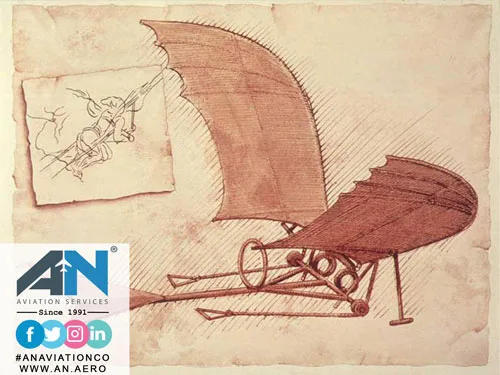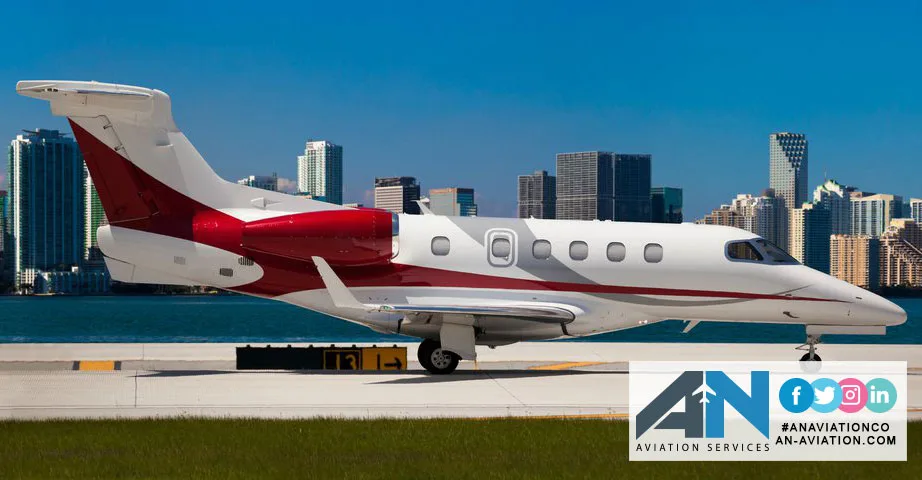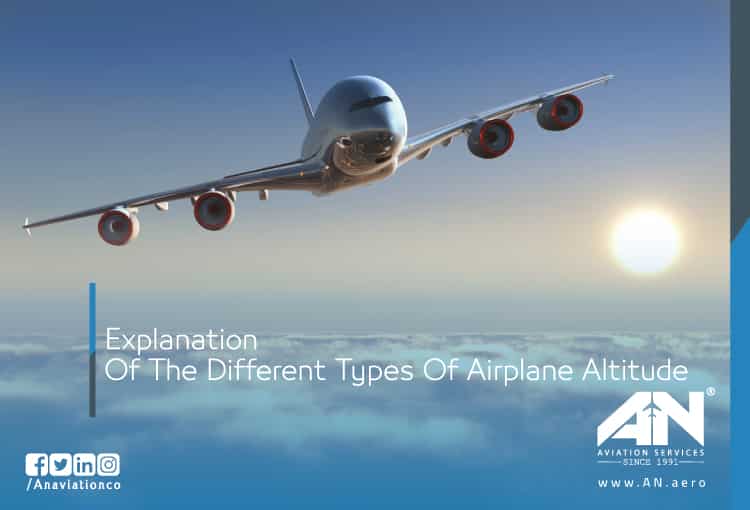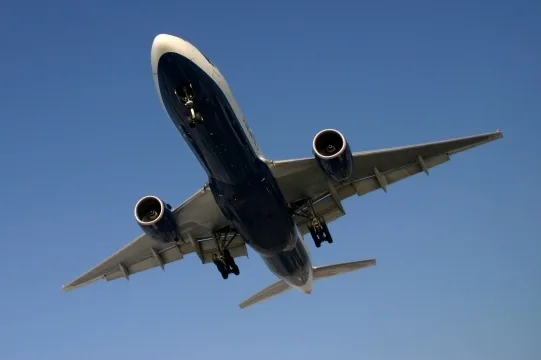
The aviation world is abuzz with anticipation for the Boeing 777X, an aircraft that promises to redefine long-haul travel with its cutting-edge technology, efficiency, and passenger-focused features. Designed as a successor to the iconic Boeing 777, the 777X aims to take everything that made its predecessor a favorite among airlines and travelers and elevate it to new heights.
As competition with rivals like the Airbus A350 heats up, Boeing has pulled out all the stops to ensure the 777X stands out. From larger windows to revolutionary twin-engine performance, this next-generation aircraft is poised to make waves in the industry. Let’s explore why the Boeing 777X has everyone so excited and how it’s setting a new standard for modern aviation.
A Legacy of Excellence: The Boeing 777
Before we dive into the features of the 777X, it’s worth reflecting on the legacy of the Boeing 777. First introduced in the 1990s, the 777 quickly became a favorite for airlines operating long-haul routes. With its spacious cabin, fuel efficiency, and ability to carry hundreds of passengers across vast distances, the 777 transformed international travel.
The 777’s twin-engine design was revolutionary for its time, proving that a two-engine aircraft could safely and efficiently handle the demands of transoceanic flights. Its success paved the way for other twin-engine wide-body jets, such as the Airbus A350 and 737 MAX, which have become staples of modern aviation.
Building on this legacy, the Boeing 777X is designed to push boundaries even further, offering improvements in performance, sustainability, and passenger comfort.
Game-Changing Features of the Boeing 777X
The Boeing 777X isn’t just an upgrade—it’s a complete reimagining of what a long-haul aircraft can be. With innovations that cater to both airlines and passengers, it’s no wonder the industry is eagerly awaiting its arrival.
One of the standout features of the 777X is its foldable wingtips, a first for commercial aviation. These wingtips allow the aircraft to have an impressive wingspan for improved aerodynamics and fuel efficiency, while still fitting within the constraints of airport gates. This design balances cutting-edge performance with practical operational needs.
The 777X is also powered by the GE9X engines, the largest and most fuel-efficient commercial jet engines in the world. These engines deliver exceptional performance while reducing fuel consumption and emissions, aligning with the industry’s push for sustainability.
Enhanced Passenger Experience
For passengers, the Boeing 777X promises an experience like no other. One of the most talked-about features is its larger windows, which allow more natural light into the cabin and offer stunning views of the skies. These windows are 20% larger than those on the original 777, making even the longest flights feel more spacious and inviting.
The cabin design has also been upgraded, drawing inspiration from the Boeing 787 Dreamliner. With higher ceilings, advanced lighting systems, and improved air quality, the 777X creates a more comfortable environment for passengers. Whether you’re traveling in economy or first class, the 777X is designed to enhance your journey.
Competition with the Airbus A350
The Boeing 777X enters a market dominated by the Airbus A350, a rival known for its advanced technology and efficiency. While the A350 has been widely praised for its performance, the 777X aims to surpass it in several key areas.
For starters, the 777X offers a larger passenger capacity, making it ideal for high-demand routes. Its GE9X engines also provide greater fuel efficiency, reducing operating costs for airlines. And with its innovative cabin features, the 777X is setting a new benchmark for passenger comfort.
While the Airbus A350 remains a formidable competitor, the 777X’s combination of technology, efficiency, and versatility positions it as a strong contender in the wide-body aircraft market.
Challenges and Flight Testing
The journey to bring the Boeing 777X to market hasn’t been without its challenges. Like many major aerospace projects, the 777X has faced delays due to factors such as the global pandemic and supply chain disruptions. However, these setbacks have only fueled anticipation for the aircraft’s eventual debut.
Flight testing for the 777X is well underway, with Boeing rigorously evaluating its performance under a wide range of conditions. These tests are critical for ensuring the aircraft meets the highest standards of safety, reliability, and efficiency. Once certified, the 777X is expected to become a game-changer for airlines and passengers alike.
Why Airlines Are Excited?
For airlines, the Boeing 777X represents a unique opportunity to modernize their fleets and optimize their operations. The aircraft’s increased fuel efficiency and larger passenger capacity make it a cost-effective solution for long-haul routes, while its advanced technology reduces environmental impact.
The 777X’s versatility also makes it a valuable asset for airlines looking to expand their networks. Whether serving busy international hubs or connecting secondary cities, the 777X is designed to handle a wide range of operational demands.
Looking Ahead
As the Boeing 777X moves closer to entering service, the excitement surrounding this aircraft continues to grow. With its blend of innovation, efficiency, and comfort, the 777X is poised to set a new standard for long-haul travel.
For passengers, the 777X offers a glimpse into the future of air travel, where comfort and sustainability go hand in hand. For airlines, it’s a chance to deliver a superior product while improving operational efficiency.
The 777X isn’t just another aircraft—it’s a testament to Boeing’s commitment to pushing the boundaries of what’s possible in aviation. As flight testing continues and the first deliveries draw near, one thing is certain: the Boeing 777X is set to make history.
















